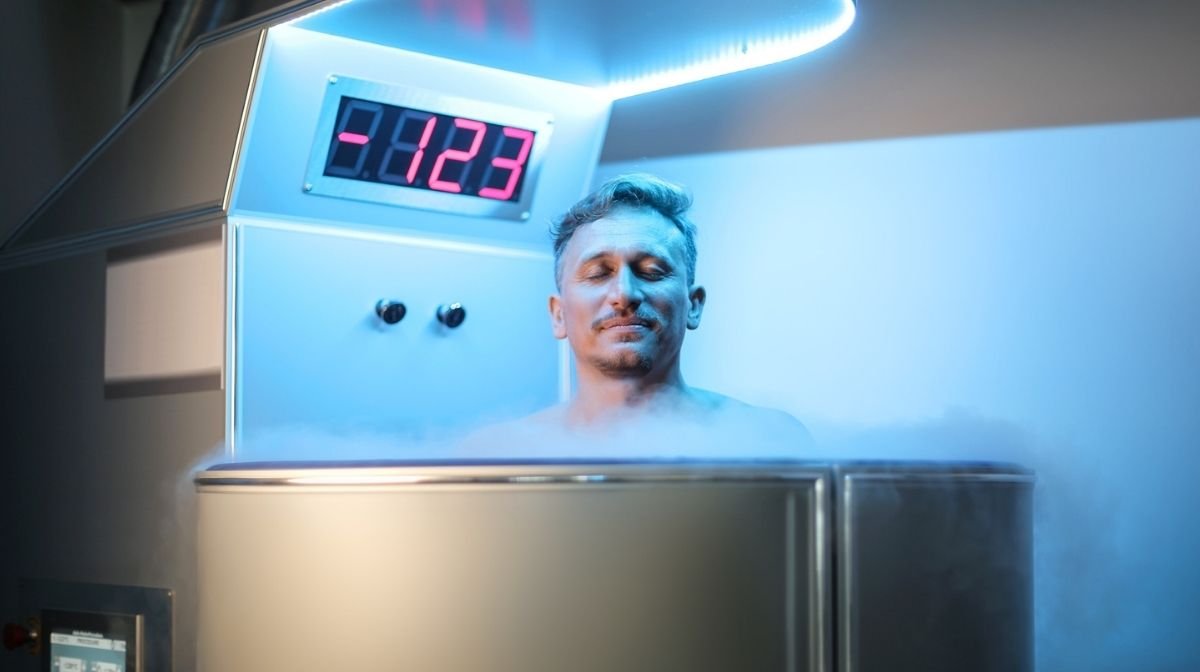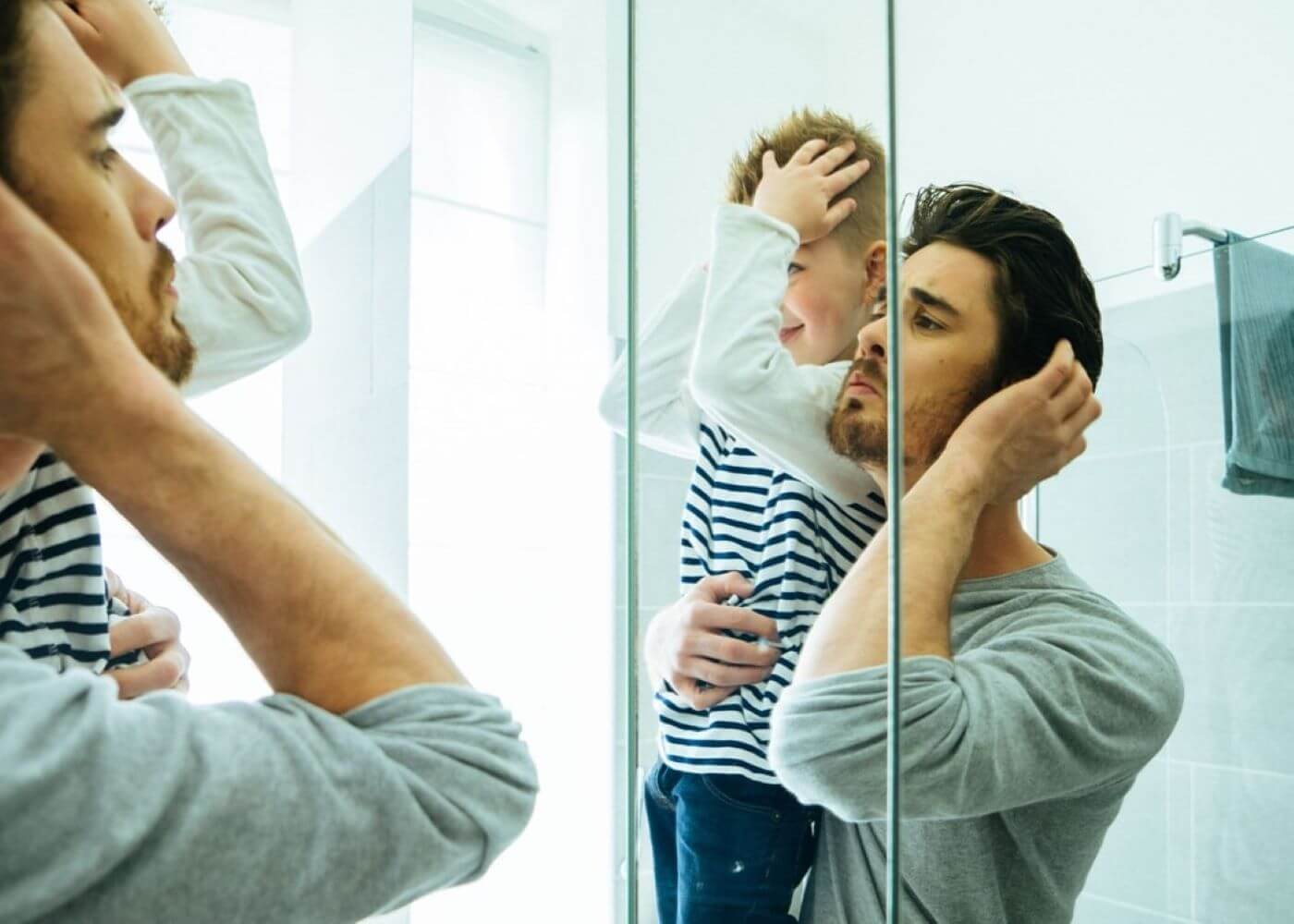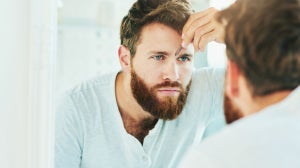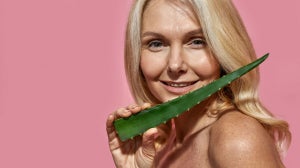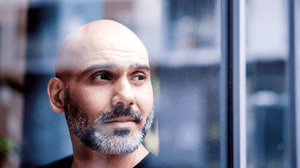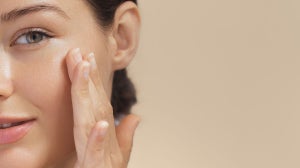
Cryotherapy is a growing trend, particularly among athletes.
At Gillette, we’re always exploring new ways to help men to feel their best, and were intrigued to learn more about the practice of whole-body cryotherapy.
We spoke to Michel Gaillaud, a sports doctor in Cannes, and his colleague Sébastien Sandra, a sports coach trained in cryotherapy, to learn more about the benefits of cryotherapy, and how men can use it to continue to feel their best as part of their fitness journey.
What is Cryotherapy?
Michel: During whole-body cryotherapy, the entire body is placed in a chamber, which is called a cryosauna, and exposed to dry cold of about -110°C through sprays of cold liquid nitrogen. Once the door is closed, only the head is in the open air.
The goal is to create a thermal shock. In about 30 seconds, the temperature of the epidermis goes from 36°C to 12°C, but this is completely sustainable and painless because the liquid nitrogen doesn’t come into contact with the skin.
Cryotherapy Benefits
Sébastien: Cryotherapy is effective for both athletic recovery and performance. When we exercise, our bodies product toxins.
However, by lowering the temperature of our skin significantly, we can increase blood circulation and oxygenation of the muscles to better drain them. This means that aches and pains will be less severe, and the athlete will be ready to resume exercise more quickly, and in better physical condition.
Regular cryotherapy sessions can also help to improve the elasticity of muscle fibres. This helps muscles to become stronger, and their resistance will increase significantly at the next training sessions. Cryotherapy can also help to fight against muscular fatigue.
These benefits, accompanied by the release of endorphins (a hormone that helps to relieve the feeling of pain from an in injury), help to create a sense of wellbeing.
Who is Cryotherapy For?
Sébastien: Cryotherapy is for everyone, whether they’re a marathon runner or an exercise beginner.
To start with, I’d recommend a cryotherapy session each day for five consecutive days to allow the body to get used to the thermal shock.
After this, I recommend moving to one session every 15 days to maintain these benefits.
Cryotherapy is not recommended for people who suffer from cardiovascular health issues. If you’re unsure whether cryotherapy is right for you, speak to your GP before booking your first session.
What Happens During a Cryotherapy Session?
Michel: When you arrive for a cryotherapy session, we start by ensuring that your blood pressure is at a normal level.
You’ll need to wear your underwear or a bathing suit, with gloves and socks to protect your hands and feet. You’ll then be able to enter the pre-cooled chamber, and the temperature will quickly decrease to around -110°C.
The session will last for around three minutes, and we’ll talk to you throughout, making sure you’re feeling well, reassuring you if necessary.
When the session is over, you can get dressed immediately, as the dry cold will not wet your skin.
Does Cryotherapy Carry Risks?
Michel: Cryotherapy is not a totally risk-free therapy, so be careful when choosing which cryotherapy centre to visit.
Your cryotherapy specialist must have a CPD certificate in order to practice the technique professionally.
I recommend going to a clinic that’s supervised by health professionals, who’ll check your medical history first.
Remember that cryotherapy is not recommended for anyone with cardiovascular problems. Speak to your GP if you're concerned whether it's suitable for you.
Explore more ways to be your best with Gillette:

